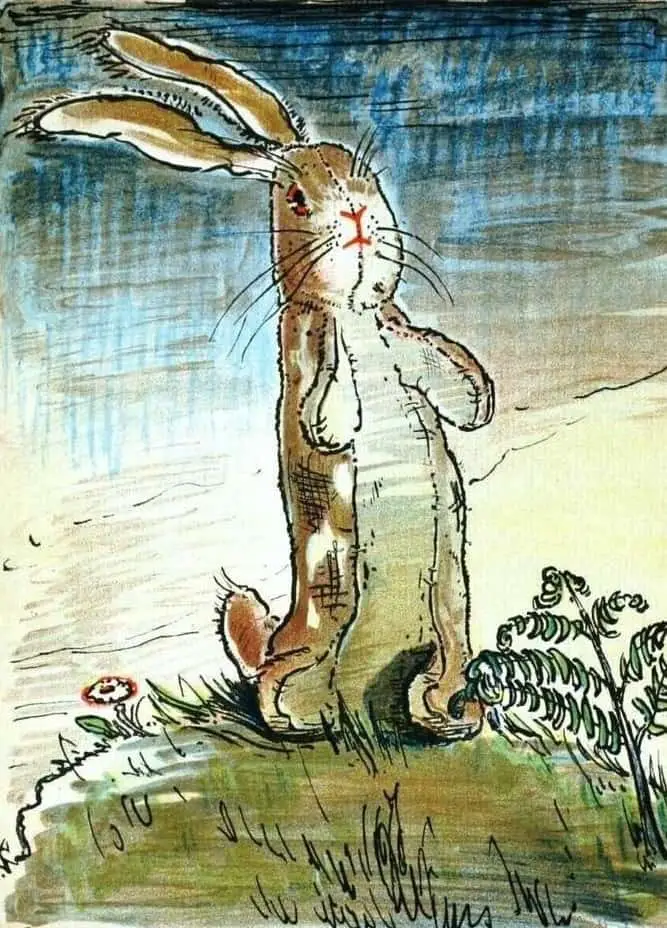The Velveteen Rabbit is a picturebook by Margery Williams from the first Golden Age of Children’s Literature. First published in 1922, The Velveteen Rabbit has been re-illustrated many times since.
You become. It takes a long time. That’s why it doesn’t happen often to people who break easily, or have sharp edges, or who have to be carefully kept. Generally, by the time you are Real, most of your hair has been loved off, and your eyes drop out and you get loose in your joints and very shabby.But these things don’t matter at all, because once you are Real you can’t be ugly, except to people who don’t understand.
The story is now out of copyright and can be read freely at Project Gutenberg.
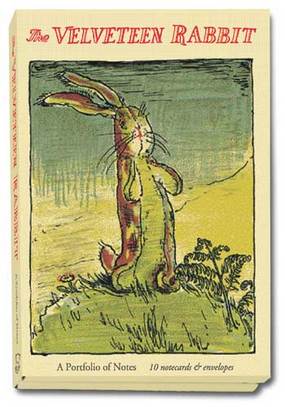
But The Velveteen Rabbit was originally illustrated by William Nicholson (1872-1949). He and his wife had four children, two boys and two girls, though because of wars and illness only one of the sons and one of the daughters lived full lives; one son was killed in the first world war and a daughter died of the Spanish flu.
William’s own daughter died of the flu around the same time — just before — he illustrated this, about a little boy who becomes very ill due to an epidemic of illness. This knowledge makes the illustration ‘anxious times’ particularly resonant, with the bottles of medicine in the background.
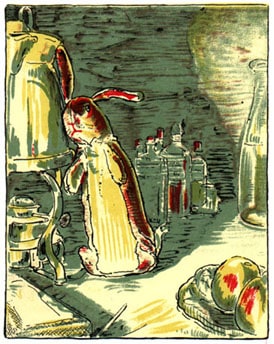
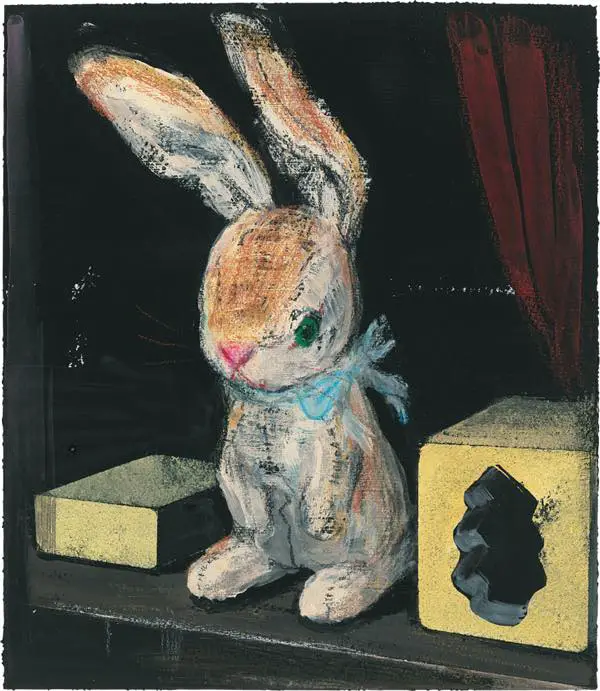
Komako Sakai 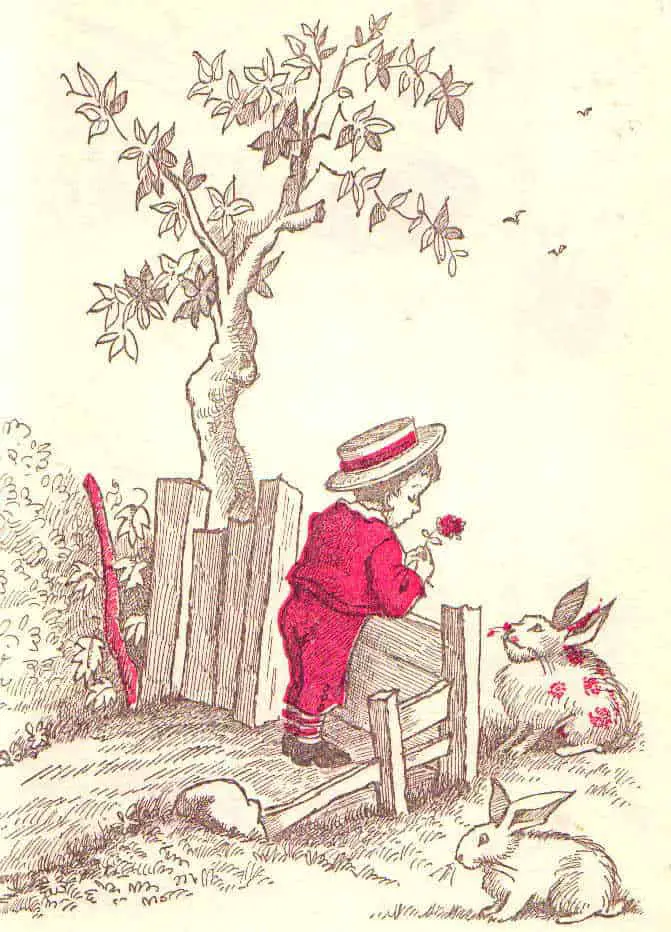
Maurice Sendak 1960 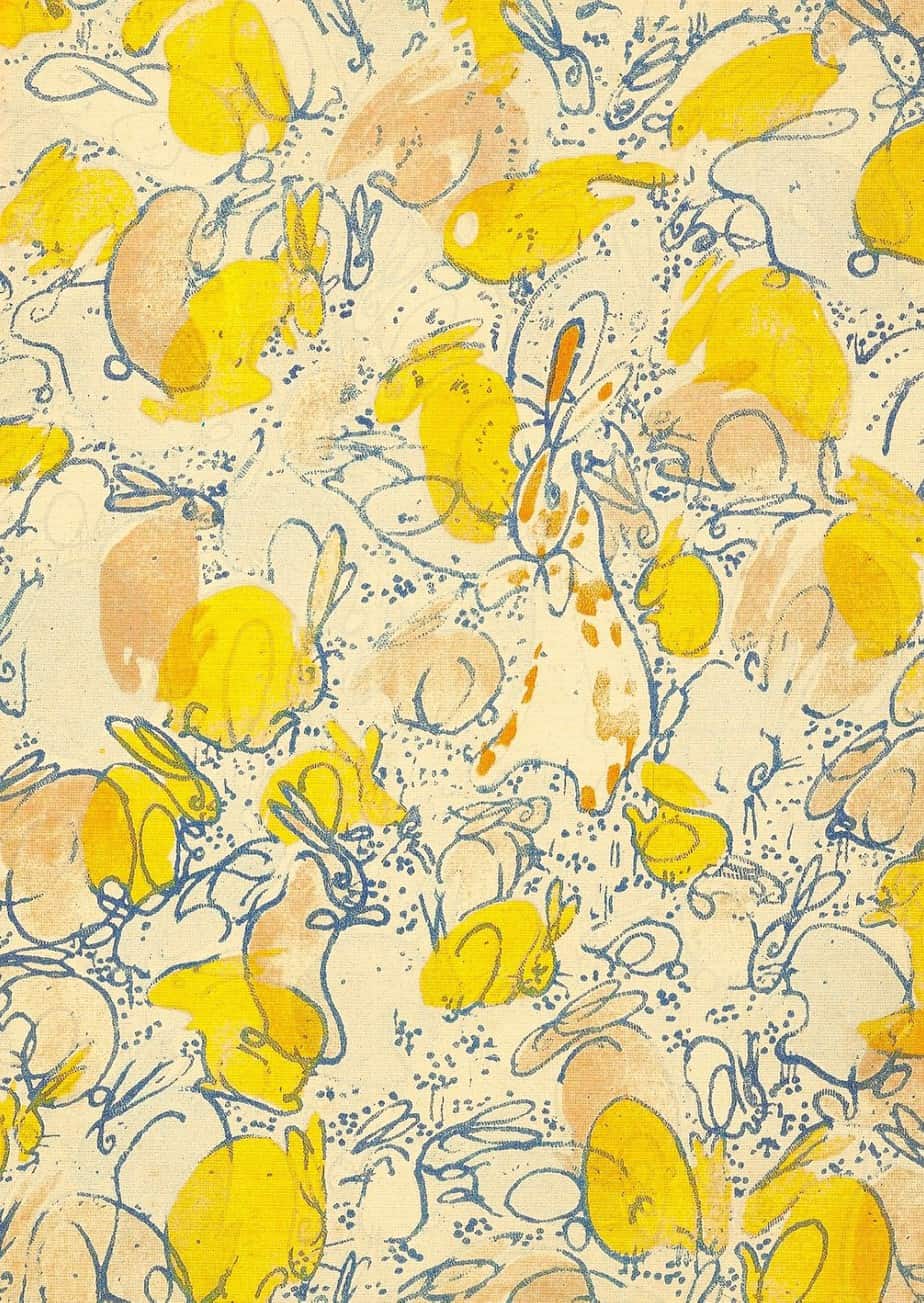
Velveteen Rabbit end paper by William Nicholson 1922
Marjery Williams had been writing children’s books since the age of 19, but it took her until the age of 41 to write The Velveteen Rabbit, her runaway success story.
She has recreated here a similar sort of household set up as she herself would have had in London as the daughter of a barrister — the absent parents, the staff, the large collection of toys and the means to afford a trip to the seaside, which is what people did in the pre-antibiotic era. Alexander Fleming didn’t discover the healing powers of penicillin until 1928, six years after this book was published.
Scarlet fever is an infectious bacterial disease affecting especially children, and causing fever and a scarlet rash. It is caused by streptococci (strep throat or a strep skin condition). These days — at least for now — any child with access to antibiotics isn’t going to suffer the dire consequences of this illness, which we are told caused Mary Ingalls’ blindness in the Little House On The Prairie series. However, scarlet fever does not cause blindness. Mary may have caught a virus from a tick, such as West Nile virus. Or she may have had the mumps or suffered complications from the oral herpes virus (cold sores), which most people have in their system. (Just because you don’t get cold sores doesn’t mean you don’t have the virus.)
However, there is a certain romance in the word ‘scarlet fever’, and ‘herpes’ doesn’t quite do it for children’s characters. (Anne of Green Gables probably had oral herpes.)
There are instances of scarlet fever in the following fictional tales:
- Little Women
- Frankenstein
- Five Are Together Again (Famous Five series)
- Kit Kittredge (American Girl series)
And yet herpes is rarely mentioned in children’s books.
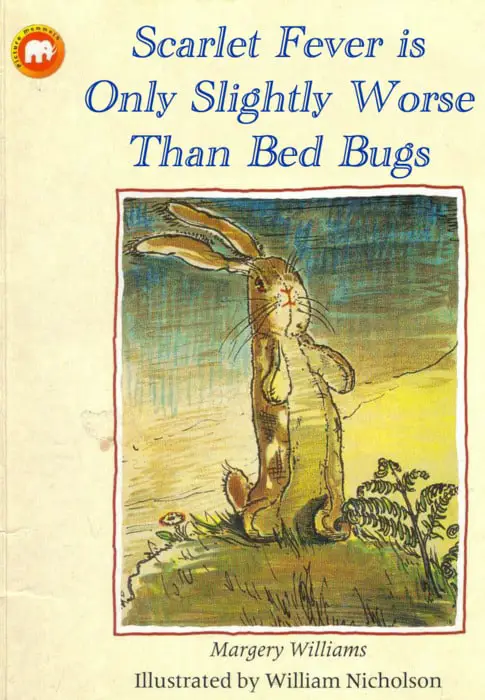
STORY STRUCTURE OF THE VELVETEEN RABBIT
The Velveteen Rabbit is a literary fairytale — one which is written down by a known author rather than having evolved from a long mysterious history of oral folklore. (The Beauty and the Beast is another example.)
Although there aren’t that many fairies in fairy tales (at least, in the way we think of them today), this modern fairytale does feature a fairy, which appears after the rabbit sheds a tear. (A flower pops up and out comes the fairy.)
SHORTCOMING
Velveteen rabbit isn’t ‘real’. (Alive) But it clearly isn’t a toy, either, existing in this inbetween state. This is very fairylike, actually, and makes this half alive, half not toy rabbit a fairy by some definitions.
DESIRE
Velveteen rabbit wants to have a full life with meaningful relationships. We know this because the rabbit is very interested in what the Skin Horse is telling him.
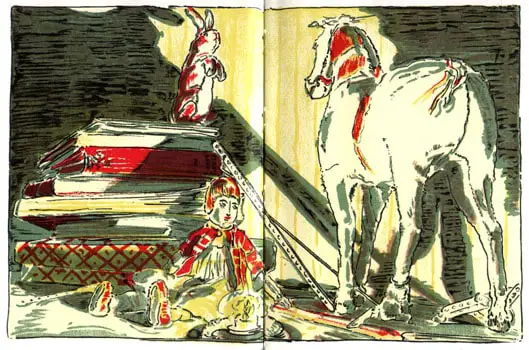
OPPONENT
Nana is the first opponent, cast as a woman who basically wants to get rid of anything that looks old and nasty. Young modern readers will probably assume this is the boy’s grandmother, but given the era, it’s more likely referring to the female servant of a middle-upper class household in charge of the care of young children. This nana is not the warm grandmother more often found in modern picture books. Modern grandmothers have plenty of time for their grandchildren — usually more than the parents do. But in this story:
Nana was in a hurry, and it was too much trouble to hunt for china dogs at bedtime, so she simply looked about her…
Next, the field rabbits stand in contrast to this toy one, to highlight how much better it would be to be able to prance about on the prairie.
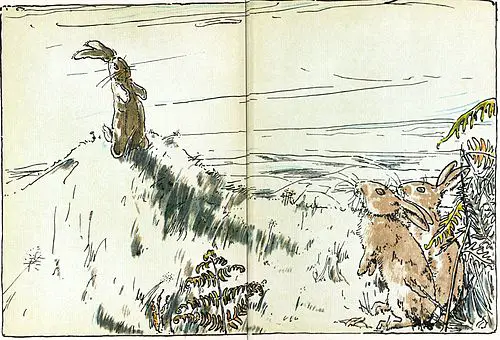
PLAN
The Velveteen Rabbit has no real plan other to hang around waiting to become real.
It was a long weary time, for the Boy was too ill to play, and the little Rabbit found it rather dull with nothing to do all day long. But he snuggled down patiently, and looked forward to the time when the Boy should be well again, and they would go out in the garden amongst the flowers and the butterflies and play splendid games in the raspberry thicket like they used to.
This toy plans to become ‘real’ by basically being a loyal companion to the Boy. The idea that something becomes real to a child via imaginative powers is alive and well in picture books. See for example The Adventures of Beekle by Dan Santat.
BIG STRUGGLE
Velveteen Rabbit is almost a goner before the trip to the seaside. This time the doctor is cast as the main opponent — Nana has come around a bit because she’s noticed the toy has a knowing look on its face:
“How about his old Bunny?” she asked.
“That?” said the doctor. “Why, it’s a mass of scarlet fever germs! — Burn it at once. What? Nonsense! Get him a new one. He mustn’t have that any more!”
And so the little Rabbit was put into a sack with the old picture-books and a lot of rubbish, and carried out to the end of the garden behind the fowl-house. That was a fine place to make a bonfire…
But because he’s part real he manages to wriggle out of the sack.
ANAGNORISIS
When the Rabbit realises he has full use of his hind legs he knows he is really real.
NEW SITUATION
He will now live with the rabbits in the field.
The Boy remembers his lost toy whenever he catches sight of that rabbit, with its similar markings.
Header illustration: Spring Time by William Nicholson (1872-1949) from The Velveteen Rabbit 1922
